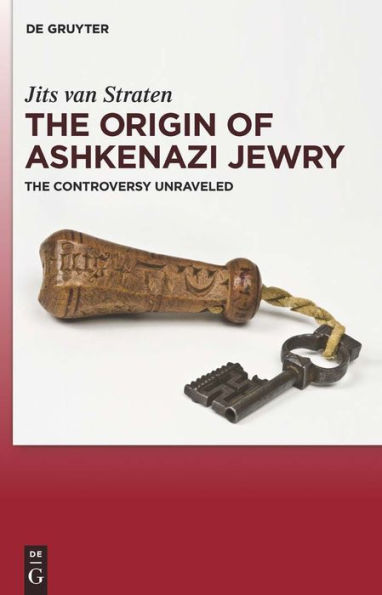Table of Contents
Preface ix
List of Figures and Tables xi
I The Controversy: Germany or Khazaria
The Germany Hypothesis 1
The Khazaria Hypothesis 2
Matters in Dispute 3
Method 4
II The Khazars
Introduction 5
The Khazar Empire 5
Jewish Sources 7
Where Did the Jewish Religion Come From? 9
The Conversion of the Khazars 10
Revolt of the Kabars 15
Fall of the Empire 15
Emigration from Khazaria 17
The Khazars and the Polish-Lithuanian Jews 18
Conclusions 21
III The Development of Ashkenazi Jewry by Region (1): France, Germany, Bohemia, Moravia, Silesia, and Hungary
Introduction 23
France 24
Germany 36
Bohemia, Moravia, and Silesia 54
Hungary 59
Conclusions 63
IV The Development of Ashkenazi Jewry by Region (2):The Caucasus, The Crimea, Poland, and Lithuania until 1500
Introduction 65
The Caucasus 65
Southern Russia 67
Poland 68
Poland and Southern Russia 71
The Polish-Lithuanian Commonwealth 78
Russia 78
The History According to Weinryb 79
Conclusions 82
V The Development of Ashkenazi Jewry by Region (3):Poland, Lithuania, and Russia from 1500 to 1900:The Numerical Increase
Introduction 83
The Polish-Lithuanian Commonwealth, 1500-1772 84
The "Demographic miracle" of the Nineteenth Century 94
DellaPergola's Growth Rates 97
New Approach to the Determination of the Number of Jews
in Eastern Europe in 1500 (and Earlier) 98
Conclusions 108
VI Yiddish
Introduction 109
The Rhineland Hypothesis 110
The Danube Hypothesis 114
The Bavarian-Czech Hypothesis 115
The Silesian Hypothesis 124
The Sorb Hypothesis 125
A New Situation 125
Conclusions 127
VII Genetic Research (and Anthropology)
Introduction 129
Anthropological Studies 132
General Molecular Genetic Research 135
Studies with Y Chromosomes 149
Studies with Mitochondrial DNA (mtDNA) 164
Hereditary "Ashkenazi" Diseases 174
Conclusions 178
VIII The Revised Origin and Development of East European Jewry
Introduction 181
The Origin of East European Jewry 183
The Further Development of East European Jewry 186
Final Conclusions Concerning East European Jews 193
Epilogue 197
Appendix 203
Bibliography 207
Index 223



